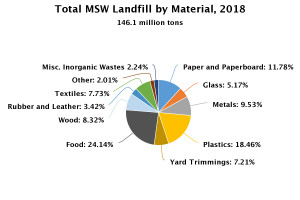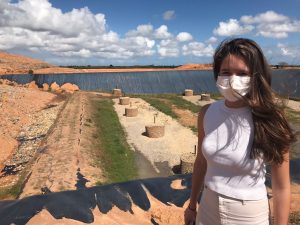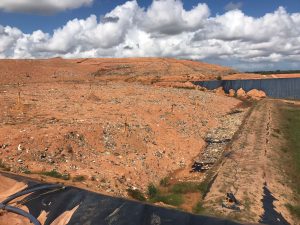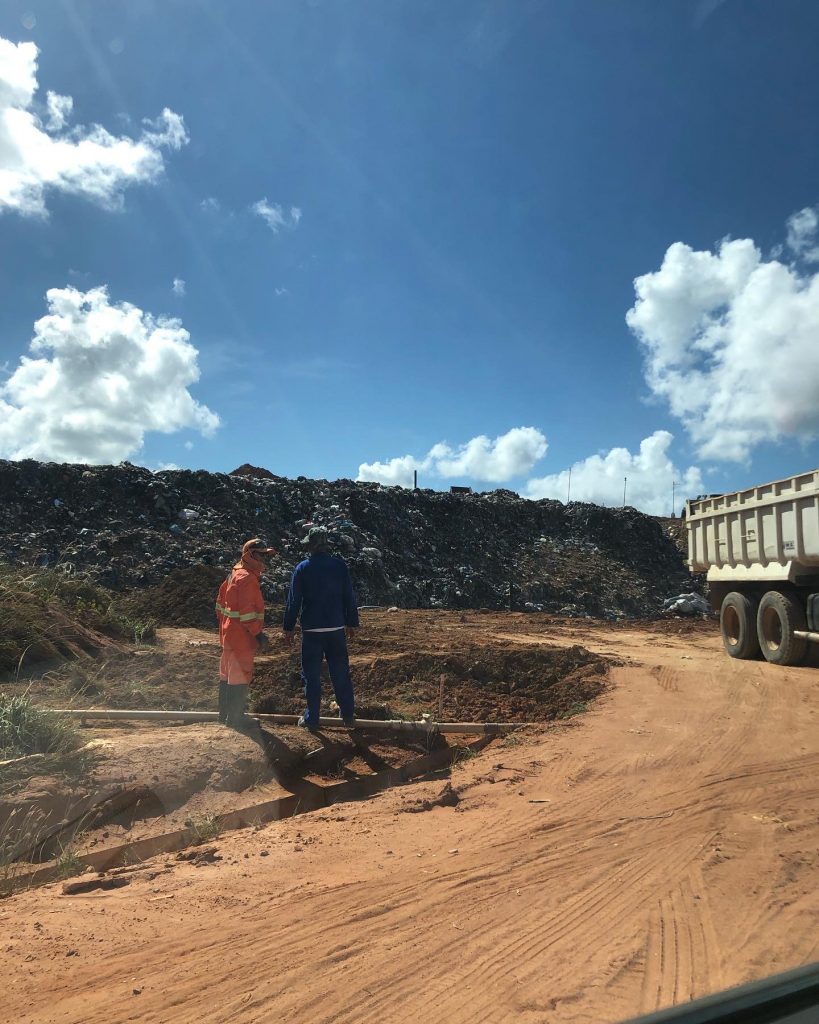According to EPA (Environmental Protection Agency), in 2018 146.1 million tons of waste were landfilled. 24% of that waste was composed of food, which could have been composted. In the second place there is plastic which accounted for over 18%, part of which could have been recycled as well as paperboard accounted for 12% of that waste.

Landfills are the final destination for more than 37% of the waste disposed around the globe but in Brazil, 76%, which represents more than 60 million tons of the waste produced, goes to either sanitary landfills or dumps with no management, gas collection, or water treatment.
Even though landfills are a better option than open dumps, they are still a finite solution, they threaten the soil with possible infiltrations that can cause a hazard in groundwater over time and emits greenhouse gases into the atmosphere. In simple words, all of the waste is buried underneath the ground with no regard to the consequences those actions will, definitely, cause in the future. Besides the fact that landfills take up a significant amount of space, they can only function for a few years depending on their sizes. Natal’s landfill, the capital city of the State of Rio Grande do Norte, located in the Northeast of Brazil functions for six years only, so every half a decade a new landfill needs to be built. Moreover, opposing what happens in recycling, for example, the waste that goes to landfills is not good for the economy. In other words, metals for instance could be sold to be used again by industries as it occurs in recycling.
Landfills threaten the soil with possible infiltrations that can cause a hazard in groundwater over time and emits greenhouse gases into the atmosphere.


